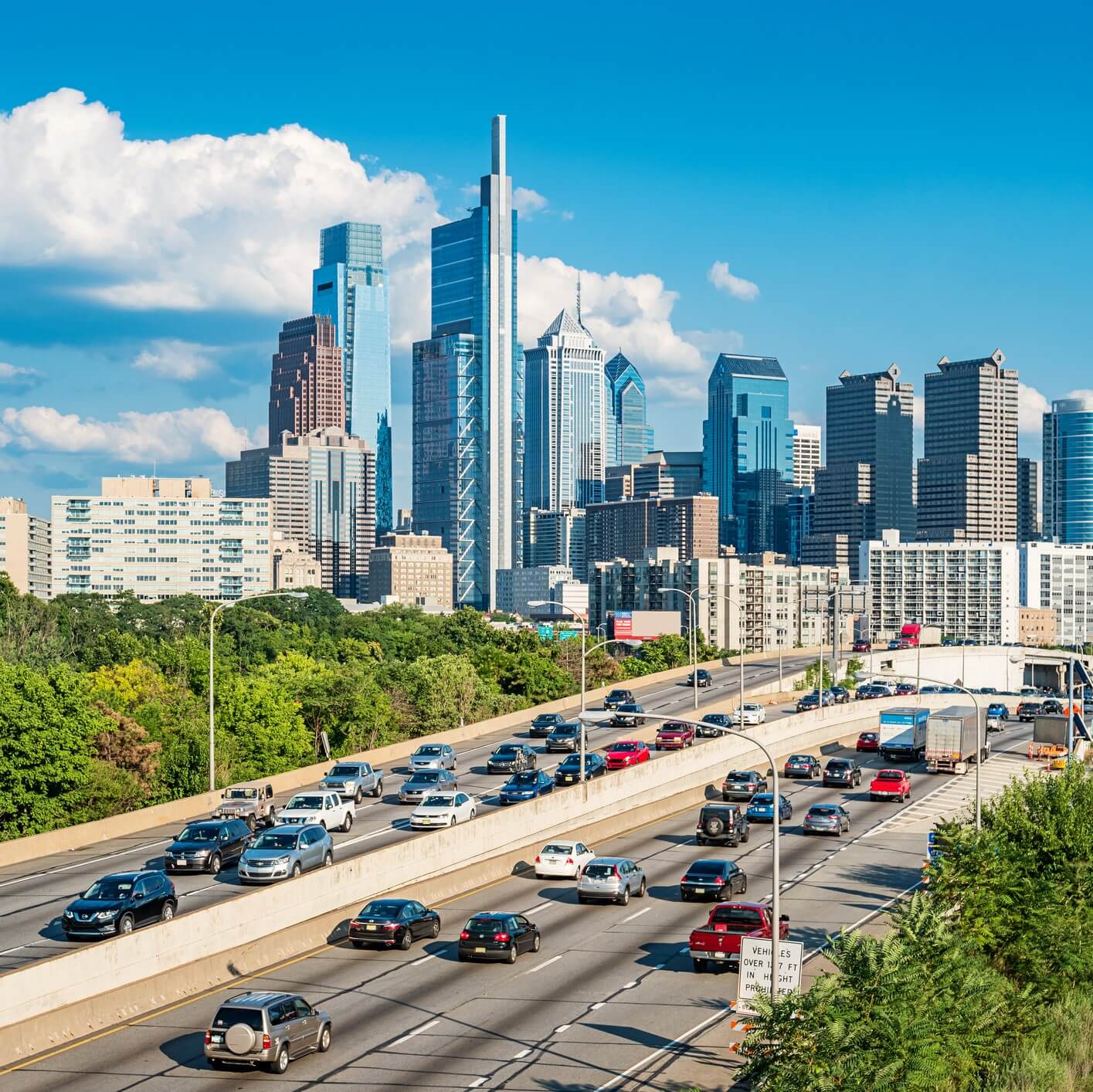Car accidents are hard to avoid, especially when other drivers have aggressive driving habits. Aggressive drivers tailgate others, make unsafe lane changes, and operate their vehicle at unsafe speeds. While it’s impossible to control the driving habits of others, the best method to counteract unsafe drivers is to use an abundance of caution while driving near aggressive motorists. One effective way to do this is by creating space between your vehicle and others on the road.
How Much Distance Does a Car Need to Stop?
When an average car has properly maintained brakes or tires, it can still take hundreds of feet to come to a complete stop. For example, if a car is traveling at a speed of 60 miles per hour, it will take at minimum 180 feet to bring the vehicle to a stop. Even then, the reaction time of an average person can make the time and distance required to stop even longer.
Humans need time to react to what they see, and experts estimate that one foot should be added to every unit of speed for actual stopping time. So, a car traveling at 60 miles per hour takes the average person about 60 feet of traveled distance to react to a situation. This means that a car traveling at 60 actually needs about 240 feet of distance to stop.
PennDOT’s Recommendation
In its driver’s manual, the Pennsylvania Department of Transportation recommends a distance that provides drivers with enough time to react and come to a complete stop. PennDOT recommends that drivers maintain a distance of at least a four-second following distance. To determine if your vehicle is traveling at a four-second distance, wait for the car in front of you to pass a specific object. Then, count how many seconds it takes for your vehicle to pass the same object. Importantly, this is just a recommendation and a baseline for safety. Some instances, such as inclement weather, require more stopping distance.
Other times a longer stopping distance should be utilized:
- When someone behind you wishes to pass your vehicle
- If you’re driving a vehicle that is heavy or hauling a trailer
- Driving downhill
- Following a car that has a blocked rear view
- Driving behind a car while traveling uphill (in case it rolls backward)
What to Do After a Rear-End Collision
If you’ve suffered injuries or losses caused by a rear-end collision, it’s time to obtain the help of Handler, Henning & Rosenberg. Drivers have a responsibility to judge distances between their vehicle and others, so rear-end collisions should always be prevented. A driver has a responsibility to constantly maintain a safe distance from other vehicles and should be accountable when they fail to do so.
Handler, Henning & Rosenberg has been fighting for Pennsylvanians since 1922. Over the years, we’ve won tens of millions for clients involved in car accidents, including rear-end collisions. We believe in being fierce advocates for our clients and never settle for less than they deserve. Call us today to find out how we’ll help you. Consultation is free, and we only collect a fee if we win results for you!
Call our Pennsylvania car accident attorneys today at (888) 498-3023 for a free consultation. A member of our team is ready to talk to you right now.


